Travel Date: 27/03/2021 - 01/04/2021
It's our first time visiting Penghu, and I'll describe the process, prices, our accommodation, and the places we visited in separate posts as I have a lot planned.
We started by visiting the historical Ash Kilns and the famous attraction known as "Moses Parted the Sea," where we witnessed the low tide creating a pathway to a nearby small island. We also explored Nanliao Village, renowned for its traditional fishing settlement, with many interesting buildings to see.
In addition to the main island, we ventured to the smaller islands connected by sea-crossing bridge. On Yuwengdao Island in Xiyu Township, the furthest island, we visited the Yuwengdao Lighthouse, the Sanxian Pagodas with their breathtaking views of the sea, and observed the fake cannon. We also enjoyed the natural beauty of Daguoye Columnar Basalt, Niuxin Mountain and Paradise Road. In Xiyu, there are several forts worth exploring, such as the Western Fort, Eastern Fort, and the Five-hole bunker.
Zhuwan Temple left me with mixed feelings as I enjoyed seeing the turtles but felt sorry for them living in captivity underground.
Chen Erkan Historical House, along with the entire village of unique old buildings, is a famous place to visit in Penghu.
Going south on Magong Island, we explored the remains of a Dutch castle (actually a memorial), as well as the South and North Pagodas, which have unique and intriguing designs, though their exact story remains unknown.
Magong City is also filled with historical architecture. We explored Zhongyang Old Street, old wells, Mazu Temple, and the sole remaining city gate.
We discovered a place in Penghu where you can interact with starfish and sea urchins, which was particularly interesting for kids as they could learn more about the underwater world.
Another fort we visited, Jinguitou Fort, was once used to defend the island of Penghu.
For those interested in temples and religions, the Confucius Temple is worth a visit.
In just four days, we experienced an incredible amount. Penghu is truly beautiful, and I hope to revisit someday in the future.
Using Google Maps in Penghu can be a little confusing. There are many smaller roads or even roads that don't exist in reality, but the phone still directs us to turn into them. As a result, we missed the correct roads several times.
Additionally, when we arrived at the Western Fort, Google Maps didn't lead us to the correct entrance. It directed us to a small road where there was no visitor center or ticketing booth. We walked for a while before realizing that we needed tickets to enter. Eventually, a woman approached us and informed us about the proper entrance. We purchased the tickets and discovered that there is an actual entrance and visitor center with a sizable car parking area if you take the correct road.
Xiyu Western Fort (西嶼西臺)
Xiyu Western Fort is one of the few well-preserved ancient forts in Taiwan and holds historical significance. The fort, built by General Wu Hongluo in 1887, housed four British Armstrong cannons. The entire fort complex covers an area of over 8 hectares. The fortification served as a defense post during various periods, including the late Qing Dynasty, the Japanese Occupation, and the post-war era. In recognition of its historical and cultural importance, Xiyu Western Fort was designated as a first-class monument in 1983.
See also: Going to Penghu
Xiyu Eastern Fort (西嶼東臺)
After visiting the Western Fort, we also drove to the Eastern Fort, but it was closed on Mondays and Tuesdays. Fortunately, we had the opportunity to return on Wednesday when it was open. The entrance to the Eastern Fort is free.
Xiyu Eastern Fort, also known as Dongtai Ancient Fort, is a military facility located in Nei'an Village. It was constructed in the late Qing Dynasty and is considered a national monument.
In 1883, Li Jiatang was ordered by Li Hongzhang to build a defensive fort in the area. However, due to the failure to install new artillery, it didn't play a significant role during the subsequent Sino-French War. The fort was completed in 1889 and occupies an area of about 1.3 hectares. It continued to be used during the Japanese Occupation and underwent additions and repairs. After the war, it was rebuilt and utilized by the National Army. It was designated as a first-class monument in 1992.
Xiyu East Fort Military Historic Park (西嶼東臺軍事史蹟園區)
Xiyu East Fort Military Historic Park is a historical site located in Xiyu Township. It encompasses the remains of Xiyu Eastern Fort, a military facility built in the late Qing Dynasty. The park serves as a cultural and educational space, allowing visitors to learn about the military history of Penghu and the fort's significance in the region.
Within the Xiyu East Fort Military Historic Park, you can explore the remnants of the fort, such as its stone walls, gateways, and various structures. The park features interpretive signage and exhibits that provide historical context and information about the fort's function and significance.
Five Hole Bunker (五孔碉堡)
The Five Hole Bunker is located in the east of Chima Village, Xiyu Township. To reach the bunker, you need to follow the trail up the mountain. The name "Five Hole Bunker" comes from the five hole-shaped openings on the stone wall of the fortress, which were used for observing the harbor and monitoring the enemy's movements. The fort was built in 1888 by Wu Hongluo, the navy commander in Penghu.
It serves as a reminder of Penghu's military history and provides a vantage point for panoramic views of the surrounding area. The site offers visitors a glimpse into the strategic importance of the region and the defensive measures taken during that era.


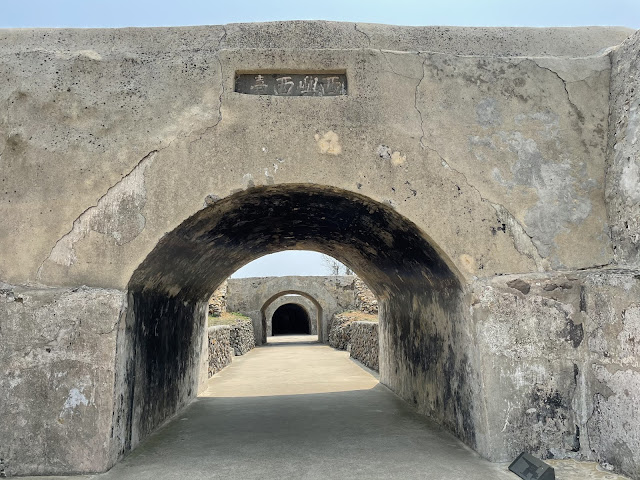





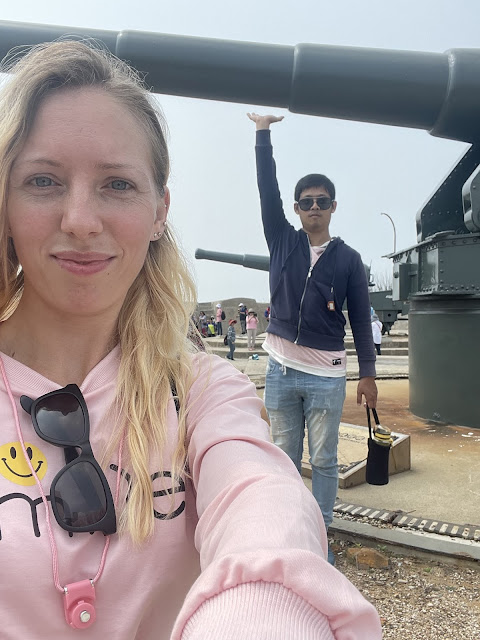

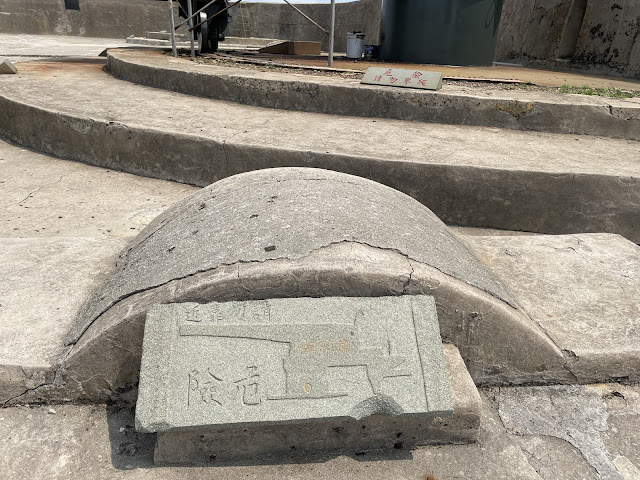










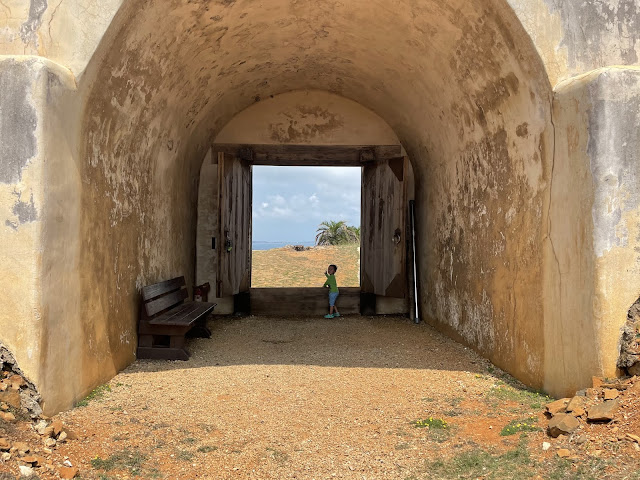




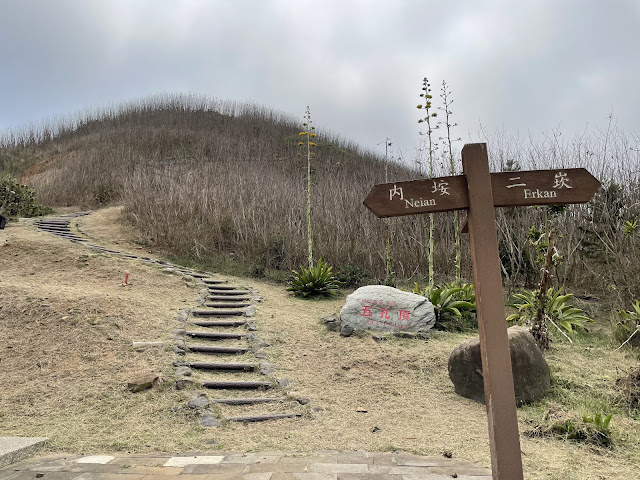








0 komentarze:
Post a Comment